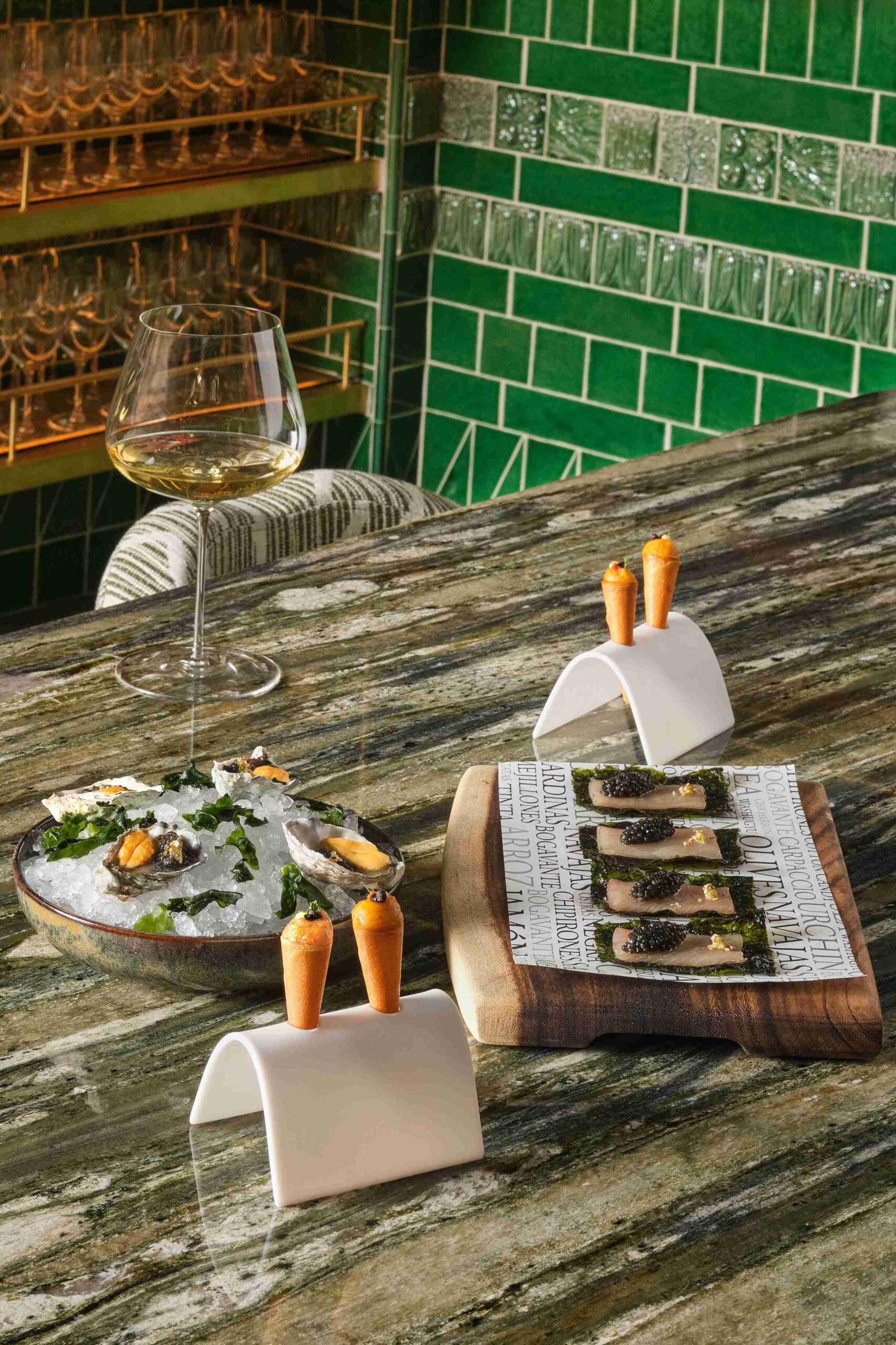Oysters are often considered a mysterious delicacy, but they are an approachable sea snack best enjoyed during the colder months, a time when their flavor is at its peak. Chef Daniela Romero of Bazaar Mar Las Vegas inside The Shops at Crystals is an expert on this briny classic, offering guidance on regional differences, preparation, and how first-timers can master the art of the slurp.
Understanding Regional Flavor
Oysters are highly influenced by their merroir, or the characteristics of the water they are raised in, giving each region a distinct taste and texture.
Decoding the Coastlines
Chef Romero summarizes the major flavor profiles: “Think terroir — but from the sea.” She details the distinctions: “East Coast: briny, crisp, and mineral-driven. West Coast: sweet, creamy, with a melon-like finish — I love them! Gulf: big, mild, and super approachable. Each coastline gives its oysters a distinct personality shaped by the waters they grow in.”
Best Options for Novices
For those new to eating oysters, starting with varieties low in salt and high in creaminess is recommended. Chef Romero advises: “Newcomers usually prefer sweeter, creamier oysters with low salinity — varieties like Kumamotos, Shigokus, or small Pacifics are great introductions.” She also offers a culinary gateway: “I’d also highly recommend starting with our Oyster Ceviche — it’s a perfect gateway dish for first-timers!”

Enjoying and Inspecting Your Oysters
Knowing how to properly inspect a raw oyster and how to enjoy it is essential for a great experience. Chef Romero stresses that the experience is about savoring the complex flavor, not just swallowing the food quickly.
Essential Serving Tips
Chef Romero suggests novices keep their pairings simple: “Keep it simple and fresh — a squeeze of lemon, a touch of Jose’s cocktail sauce, or a dash of Jose’s hot sauce goes a long way.” For beverages, she recommends specific pairings: “Pair with a crisp Albariño, Txakolina (my favorite!), or a refreshing Cava.” Most importantly, she notes: “And most importantly — don’t shoot it, chew it. That’s where the flavor truly shines.”
For creative presentations, Chef Romero suggests unexpected pairings: “Sparkling cider pairs shockingly well with cold-water oysters—the sweetness lifts the brine. Manzanilla sherry is another sleeper hit: saline meets saline, but with elegance. And a small round of Granny Smith apple on top of a raw oyster? Guests go crazy. Its texture, sweetness, crunch, ocean—all at once. And always serve oysters ice cold.”
The Importance of Peak Season
The popular belief that months ending in “-ber” are best for oysters is scientifically sound. Chef Romero explains: “The colder months—October, November, December—are ideal for oysters because cooler waters slow their metabolism, concentrating their flavor. You get oysters that are plumper, sweeter, and perfectly balanced in salinity.”
Signs of Spoilage
Knowing how to spot a bad oyster is crucial for safety. Chef Romero provides clear warning signs: “Shells that don’t close when tapped — it means the oyster isn’t alive. Cloudy, milky, or excessively murky liquid. Dryness — a fresh oyster should sit plump in its own clear brine. Any discoloration or slimy texture inside the shell.” She adds a key sensory check for fresh seafood: “When buying, look for shells that feel heavy for their size, are tightly closed, and smell like the sea. If it doesn’t smell like the ocean, skip it. SEA is the right smell for all sea creatures.”
Creative Holiday Preparations
At Bazaar Mar, oysters are served with playful twists on classic flavors. Chef Romero notes that she serves them Suquet-style, a festive preparation: “At Bazaar Mar, oysters take on a playful twist on classic flavors. Chef Daniela serves them Suquet-style, inspired by a traditional Catalan potato-based seafood stew, with a tomato suquet base, potato espuma, and crispy potatoes—bringing depth, texture, and festive flair to the plate.”



